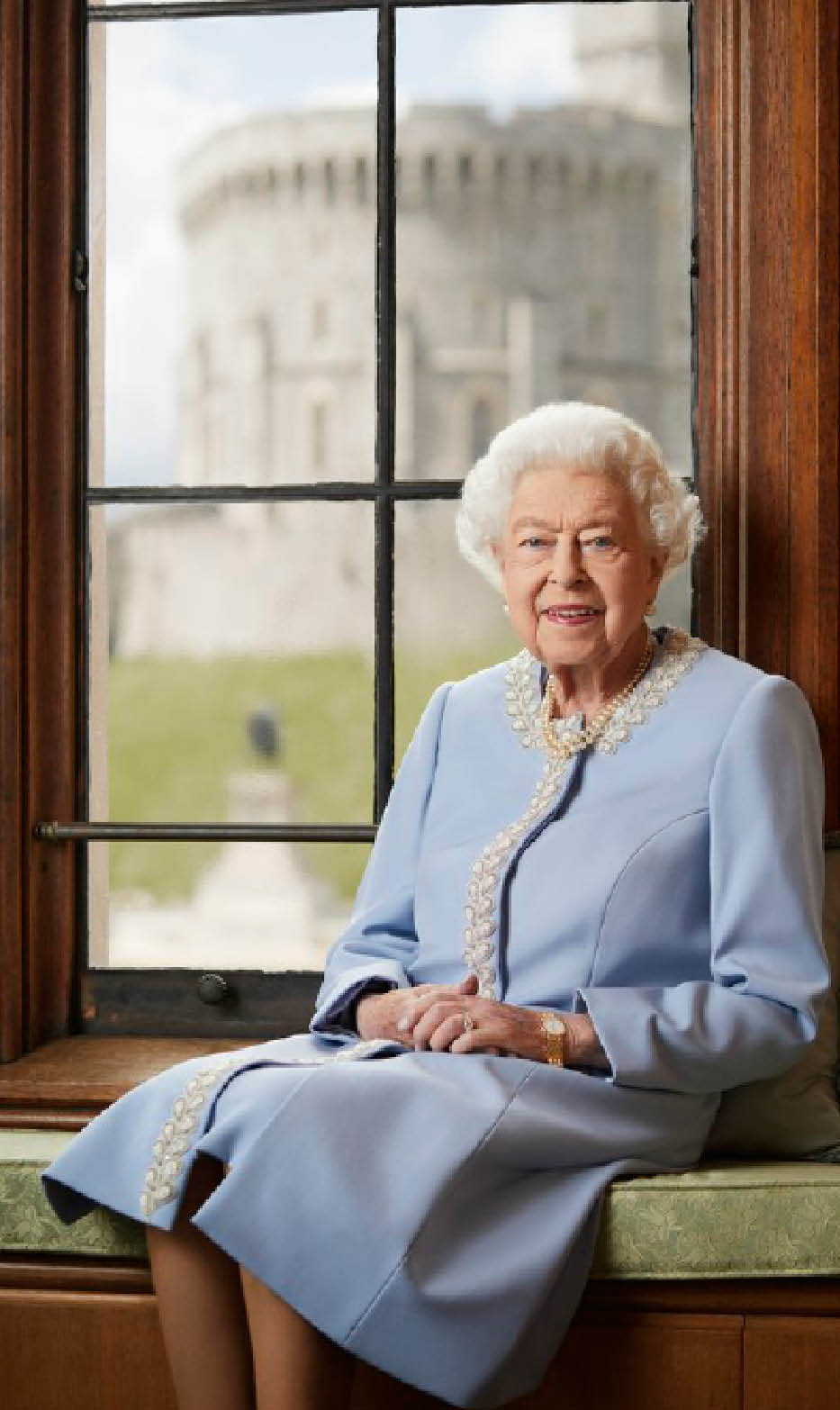The 96-year-old Queen Elizabeth II, who has ruled for 7 decades, is the longest-reigning monarch in British history.
London: On Thursday Her Majesty The Queen and the launch of her Platinum Jubilee birthday celebrations wowed the United Kingdom. The occasion affirms the remarkable 70-year reign the Queen has presided over and what a fundamental role the monarchy plays in Britain’s history, past and present. The Queen is revered by the great majority of British people, her devotion to duty and service to her country, her family values and her sense of fairness and inclusion are always referred to. Her Majesty is a multi-dimensional person, a very modern woman, a pioneer working mother, and a conservationist; her fondness for horses and dogs has been constant.
In 1945 aged 19, Princess Elizabeth joined the Auxiliary Territorial Service, she trained as a driver and mechanic with the rank of Second Subaltern and then was promoted to Junior Commander. Her Majesty served as a full-time active member and was the first royal to join the Armed Forces; the Queen is also the last surviving head of state to have served during the Second World War. Queen Elizabeth is colonel-in-chief of 16 British Army regiments and corps, and many Commonwealth units.
Although the Sovereign no longer has a political or executive role, Her Majesty continues to play an essential part in the life of the nation, keeping the Union together with her role in the devolved parliaments. Her Majesty is bound to Scotland by ties of ancestry, affection, and duty. She is descended from the Royal House of Stewart on both sides of her family. In Wales the Queen is the focal point for national pride, unity, and allegiance and bringing people together across all sections of society, representing stability and continuity, highlighting achievement, and emphasising the importance of service and the voluntary sector by encouragement and example. In Northern Ireland Her Majesty is pivotal to Anglo-Irish relations and has become a key figure of reconciliation in the ongoing peace process.
The Queen has given a weekly audience to fourteen Prime Ministers during which she has a right and a duty to express her views on Government matters. The Queen’s commitment to and role in diplomacy throughout her reign has redefined the Commonwealth, where her Jubilee is being celebrated with as much vigour as in the UK. From the rest of the world congratulatory messages from Heads of State and former Presidents have been received, from Barrack Obama and Emanuel Macron amongst many others.
The Queen has been painted by a 1000 international artists from Andy Warhol to Chinwe Chukwuogo-Roy and Lucien Freud to Ai-Da a robot artist; her image has been reproduced on notes, coins and stamps making Her Majesty the most recognised woman in the world.
Queen Elizabeth II is the first monarch in British History to celebrate a Platinum Jubilee. The Sovereign’s birthday parade was an impressive display of pageantry and her personal troops, in a change of tradition this year the salute was taken by HRH The Prince of Wales. The Royal Navy, the Army, and the Royal Air Force paid tribute to the Queen in a six-minute sky-past by 70 aircraft, with 14,000 soldiers on parade, 250 horses, and 400 musicians.
The Queen watched from Buckingham Palace and appeared on the balcony with working Royals. The festivities are ongoing during the 4-day weekend with a chain of 3000 beacons being lit throughout the UK and the Commonwealth capitals; on Sunday 5 June 60,000 people will be holding “Big Jubilee Lunches” across the UK, and a Jubilee pageant in London will combine street arts, theatre, music, circus, carnival, and costume to celebrate Her Majesty’s unwavering duty, love of the natural world and dedication to the Commonwealth.

